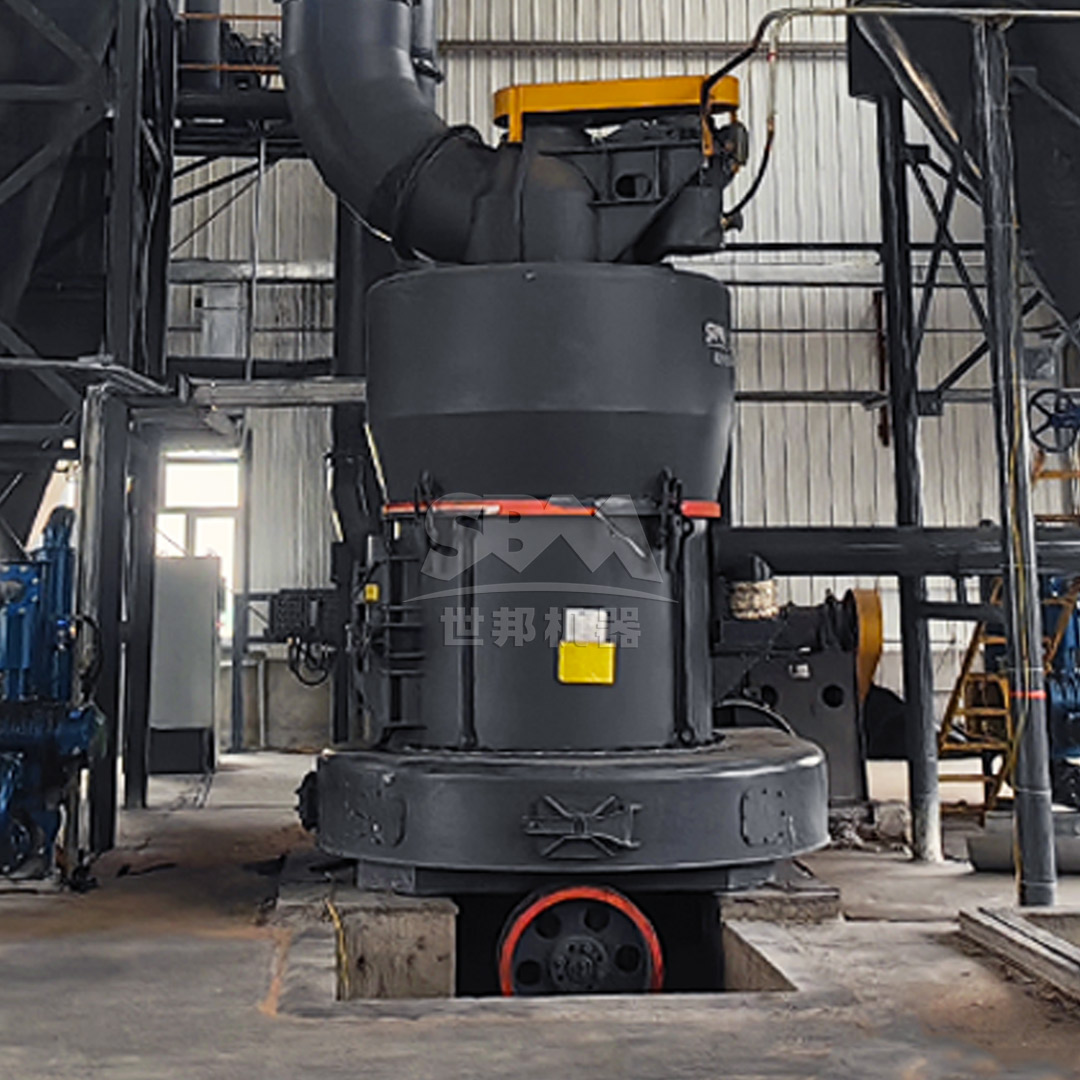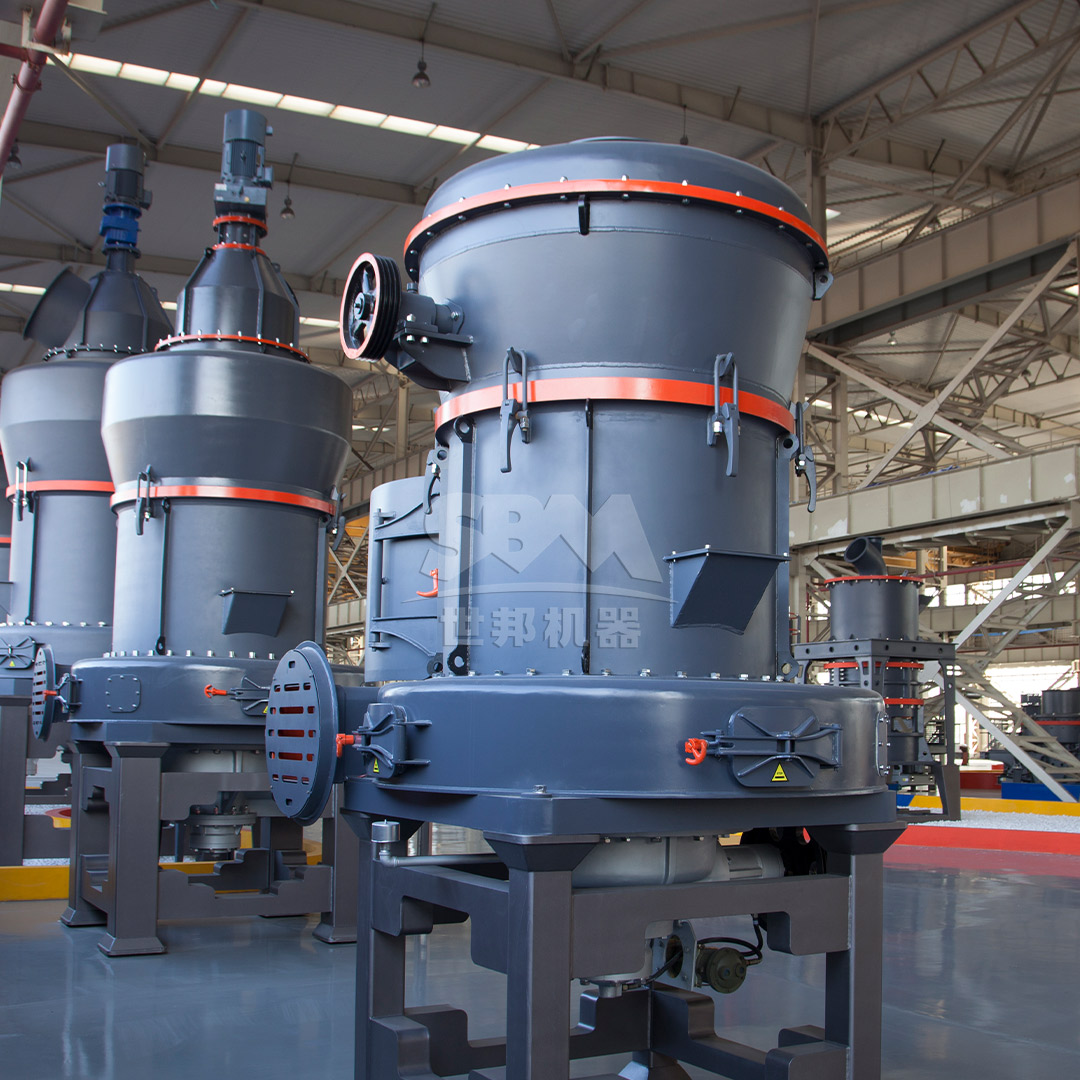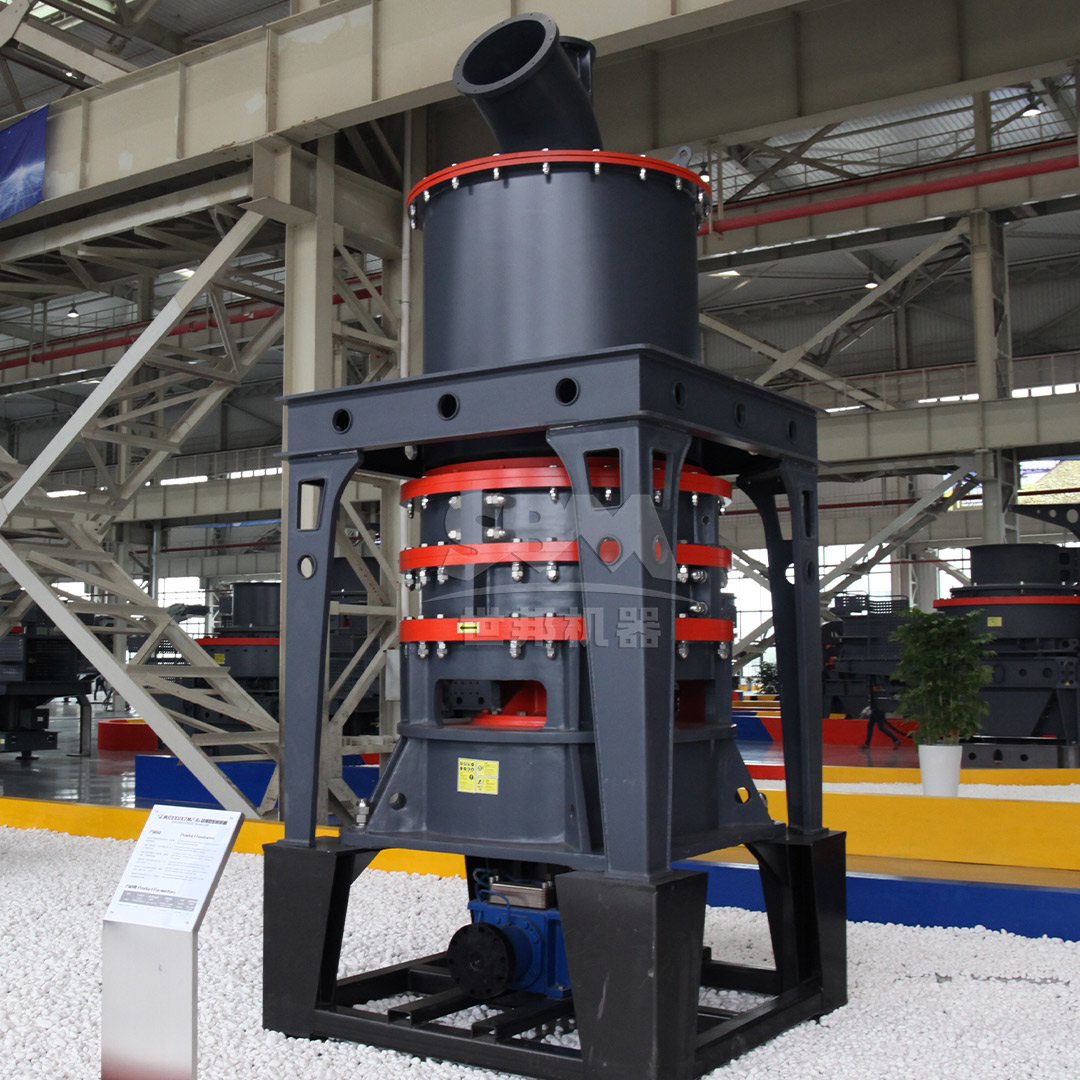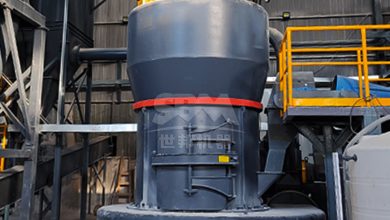How to Process Construction Waste and Produce Recycled Micro Powder
Introduction to Construction Waste Recycling
The construction industry generates enormous amounts of waste materials annually, creating significant environmental challenges worldwide. Construction and demolition (C&D) waste typically includes concrete, bricks, tiles, ceramics, wood, glass, plastics, and various mixed materials. Rather than allowing these materials to occupy valuable landfill space, advanced processing technologies now enable their transformation into valuable recycled micro powders with diverse industrial applications.
Recycled micro powder from construction waste serves as sustainable raw material for manufacturing new construction products, reducing the demand for virgin natural resources and minimizing the environmental footprint of construction activities. This comprehensive guide explores the complete process of converting construction waste into high-value recycled micro powder.

Construction Waste Classification and Pre-Treatment
Material Sorting and Segregation
Effective construction waste processing begins with thorough sorting and segregation. Modern recycling facilities employ multiple techniques to separate different material types:
- Manual Sorting: Workers remove large contaminants and separate materials by type
- Magnetic Separation: Powerful magnets extract ferrous metals for separate recycling
- Air Classification: Lightweight materials like wood and plastics are separated using air streams
- Screening: Vibrating screens separate materials by size before further processing
Initial Crushing and Size Reduction
After sorting, construction waste undergoes primary crushing to reduce particle size. Jaw crushers and impact crushers typically handle this stage, reducing large concrete chunks and masonry to manageable sizes of 50mm or less. This initial size reduction is crucial for efficient downstream processing and ensures consistent feed material for fine grinding equipment.
Fine Grinding Technologies for Micro Powder Production
Intermediate Grinding Stage
Following primary crushing, materials enter the intermediate grinding phase where particle size is further reduced to between 3-10mm. Hammer mills and cone crushers are commonly employed at this stage, preparing the material for final fine grinding. Proper intermediate grinding ensures optimal feeding conditions for micro powder production equipment and improves overall system efficiency.

Advanced Micro Powder Grinding Solutions
The production of high-quality recycled micro powder requires specialized grinding equipment capable of achieving precise particle size distributions. Different applications demand specific fineness levels, necessitating equipment with flexible operational parameters.
For general construction applications requiring fineness between 30-325 mesh (600-45μm), the MTW Series Trapezium Mill offers an ideal solution. This advanced grinding system handles input materials up to 50mm in size and delivers throughput capacities ranging from 3-45 tons per hour depending on specific model configuration. The MTW Series features several technological advantages including anti-wear shovel design, curved air channel optimization, and integrated cone gear transmission system that achieves 98% transmission efficiency. Its operational principle involves main motor-driven grinding rollers revolving around the central axis while simultaneously rotating to generate centrifugal force, with shovels throwing materials between grinding rings and rollers to form material layers that are efficiently crushed through compression.
For ultra-fine applications requiring particle sizes from 325-2500 mesh (45-5μm), the SCM Ultrafine Mill represents the optimal choice. This system processes input materials up to 20mm and achieves remarkable energy efficiency with 30% lower energy consumption compared to jet mills while delivering twice the production capacity. The SCM series incorporates vertical turbine classifiers for precise particle size切割 and operates with specialized material roller wheels and grinding rings that significantly extend service life. With throughput capacities from 0.5-25 tons per hour across different models, this equipment operates at noise levels below 75dB while maintaining pulse dust collection efficiency that exceeds international standards.
Quality Control and Particle Size Optimization
Classification and Separation Technologies
Modern air classifiers play a critical role in recycled micro powder production, ensuring precise control over particle size distribution. These systems separate fine particles from coarse materials using centrifugal forces and air currents, allowing for tight tolerances in final product specifications. Advanced classifiers can achieve cut points from 5-150 microns with high efficiency, ensuring consistent product quality.
Quality Assurance Testing
Comprehensive quality control measures are essential for producing recycled micro powders that meet industry standards. Key testing parameters include:
- Particle Size Distribution: Laser diffraction analysis ensures compliance with specified fineness requirements
- Chemical Composition: XRF spectroscopy verifies material consistency and identifies potential contaminants
- Specific Surface Area: BET analysis determines particle reactivity and suitability for various applications
- Moisture Content: Proper drying ensures optimal handling characteristics and application performance
Applications of Recycled Construction Waste Micro Powder
Construction Industry Applications
Recycled micro powders find diverse applications within the construction sector:
- Concrete Production: Fine powders serve as partial replacements for cement or as fillers in concrete mixtures
- Mortar and Grout: Controlled fineness powders enhance workability and performance of mortar products
- Asphalt Modifiers: Specific powder fractions improve asphalt binder properties and pavement performance
- Building Materials: Bricks, blocks, and precast elements incorporate recycled powders as sustainable additives
Industrial and Specialty Applications
Beyond traditional construction uses, recycled micro powders serve various industrial sectors:
- Polymer Composites: Surface-modified powders act as functional fillers in plastic and rubber products
- Coatings and Paints: Selected fineness grades provide extender properties in protective coatings
- Agricultural Amendments: Mineral-rich powders improve soil structure and provide slow-release nutrients
- Environmental Remediation: High-surface-area powders adsorb contaminants in water treatment applications

Environmental and Economic Benefits
Sustainability Advantages
Transforming construction waste into valuable micro powder offers significant environmental benefits:
- Resource Conservation: Reduces extraction of virgin raw materials and preserves natural resources
- Energy Savings: Recycling processes typically consume less energy than virgin material production
- Landfill Reduction: Diverts substantial waste volumes from overcrowded landfill sites
- Carbon Footprint Reduction: Lowers greenhouse gas emissions associated with material transportation and processing
Economic Considerations
The business case for construction waste recycling continues to strengthen with advancing technology and growing market demand for sustainable materials. Key economic factors include:
- Raw Material Cost Savings: Recycled powders typically cost less than virgin alternatives
- Waste Disposal Cost Avoidance: Significant reduction in waste transportation and tipping fees
- Market Development: Growing demand for green building materials creates premium markets
- Regulatory Compliance: Meets increasingly stringent waste management regulations
Operational Best Practices and Safety Considerations
Dust Control and Worker Safety
Micro powder production generates significant dust, requiring comprehensive control measures:
- Engineering Controls: Enclosed systems, local exhaust ventilation, and baghouse filtration
- Administrative Controls: Standard operating procedures, regular maintenance schedules, and comprehensive training
- Personal Protective Equipment: Respiratory protection, eye protection, and appropriate work clothing
Maintenance and Operational Efficiency
Optimizing equipment performance requires systematic maintenance approaches:
- Preventive Maintenance: Regular inspection and replacement of wear components like grinding elements and classifiers
- Performance Monitoring: Tracking energy consumption, throughput rates, and product quality indicators
- Process Optimization: Adjusting operational parameters based on feed material characteristics and product requirements
Future Trends in Construction Waste Recycling
Technological Advancements
The field of construction waste recycling continues to evolve with several promising developments:
- Artificial Intelligence: Machine learning algorithms optimize processing parameters in real-time
- Advanced Sorting Technologies: Hyperspectral imaging and robotic sorting improve material recovery rates
- Nanotechnology Applications: Production of nano-sized particles for high-value applications
- Circular Economy Integration: Closed-loop systems that maximize material utilization throughout the lifecycle
Conclusion
Processing construction waste into recycled micro powder represents a sophisticated technological solution to a pressing environmental challenge. With advanced grinding equipment like the MTW Series Trapezium Mill for standard applications and the SCM Ultrafine Mill for high-fineness requirements, construction companies can transform waste liabilities into valuable assets. As technology continues to advance and market demand for sustainable materials grows, construction waste recycling will play an increasingly important role in building a circular economy within the construction industry.
The successful implementation of construction waste recycling requires careful consideration of material characteristics, processing technologies, quality control measures, and market opportunities. By adopting comprehensive recycling strategies and investing in appropriate processing equipment, construction companies can achieve significant economic benefits while contributing to environmental sustainability goals.



